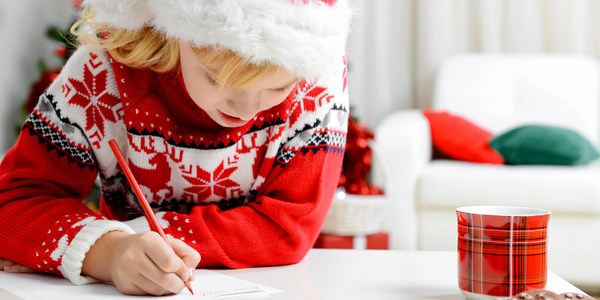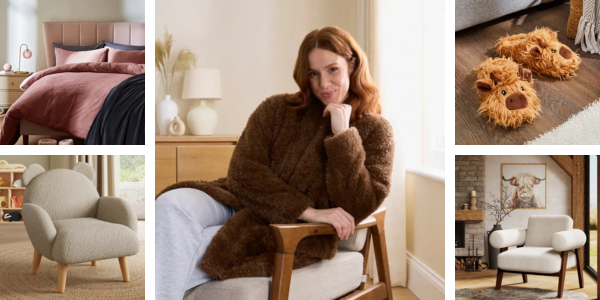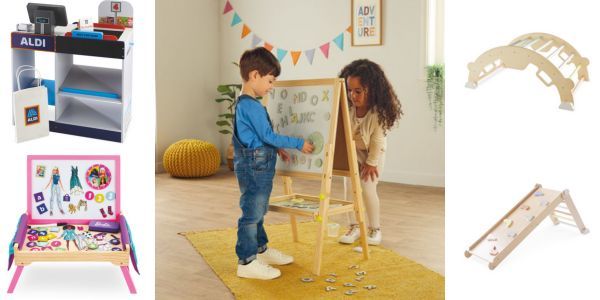

Have you had a home birth? Is it something you’d consider in the future? Birthing at home isn’t for everyone, not least because it’s less practical in some remote areas. According to figures from the Office of National Statistics, only 2.1% of women gave birth at home in 2017. Some of this number will have planned their home birth in advance, and others may have unexpectedly given birth at home.
Mums who have had positive home birth experiences within the Bump, Baby & You community tell us that they found the experience convenient, empowering and some even described giving birth at home as relaxing! But could it be the right choice for you?
Would you consider a home birth? BBYers speak!
We polled the parents in our Facebook community to ask them if they would consider a home birth. Almost one third of respondents said Yes, they would consider a home birth, though most told us it wasn’t a choice they’d make or wasn’t an option open to them due to medical circumstances.
- Yes – 44%
- No – 63.2%
- Undecided and need more info – 5.34%
Some mums told us that they’d prefer to be in hospital in case anything went wrong. One mummy said that she’d be more inclined to start doing jobs like emptying the dishwasher post-birth if she was at home rather than in the hospital!
Are home births safe in the UK?
The truth is there are no one-size fits all when it comes to deciding your birth plan. That said, it’s interesting to know that the NHS says that home births for first time mothers can be a good option with low-risk pregnancies. Research suggests that for these mums, birth at home or in a midwife-led unit generally results in fewer interventions such as the use of forceps. For those having subsequent babies, a home birth or midwife-led unit are described as “equally safe options”.
What happens at a home birth?
An ambulance is kept on standby when a mum is birthing at home. Community midwives will attend your birth to assist and give support. If you’re considering home birth as an option it’s a good idea to find out what is available in your area, including antenatal home birth classes.
Whether you’re a first time mum or have given birth before, you may find your circumstances mean that medical professionals advise against a home birth. Some health issues mean that pregnancies are assessed as being higher risk. If this applies to your pregnancy, you can ask your midwife or consultant to explain the additional risks associated with a home birth in your situation.
A midwife explains home birth
Sarah Chalboub is an award-winning midwife from Northumberland and half of the duo Budding Babies, Budding babies run private midwife-run antenatal classes for couples in the North East of England. We spoke to Sarah to bust some myths about home births.
Can you have pain relief at a home birth?
Yes! At your home birth you can have gas and air (entonox), delivered to your home via NHS staff by 37 weeks. You can also arrange to have pethidine prescribed by your GP. This is an opioid-based drug given by injection. You need to collect this prescription from your GP and store it in your fridge.
At a home birth it is also important to know that because women are more relaxed and feel safe in their surroundings, their own amazing pain relief endorphins are released. Of course, there is also water (you can hire a birth pool) massage, hypno-birthing, reflexology and many other natural remedies to help.
Remember; increased fear increases pain. Try and practice with things that help you relax i.e. music in the few weeks leading to your birth and talk to your midwives about your choices.
What kind of preparations do you need to make for a home birth?
Home birth is very simple; it is helpful to prepare your home with space for midwives to set up equipment i.e. a clear table, kitchen bench or floor space. A changing mat and clean towels can be placed on a flat surface for the baby. It is useful to have a shower curtain and towels to place over sofa, bed, floor – wherever you are comfortable. Another useful preparation is to have food, snacks and drinks; your womb is a muscle and needs fuel to work effectively. That’s it! We bring everything else and take it away afterwards.
What kind of medical issues may mean that professionals advise against a home birth?
Home birth is a safe option for many women (according to the Birth Place Study) but it is important to build a trusting and jointly respectful relationship with your midwife and care providers. Many pre-existing medical conditions such as epilepsy, cardiac anomaly or bleeding disorder. This is not exhaustive and should be checked with your local NHS policy. Also, previous or current obstetric risk such as high blood pressure, small baby or diabetes can mean that medical staff will advise a home birth is not safe. It is very important to discuss your choices and thoughts with your midwife and medical staff to enable you to make an informed decision.
How do you know if a home birth is right for you?
Talk about home birth with your family, friends and providers. When researching home birth, find information from trusted sources i.e. NHS choices, Royal College of Midwives articles, British Medical Journal articles. When you feel fully informed, you feel safe and relaxed in your decision.
What are real home births like?
Why are home births good? What are their advantages? What are home births really like? We spoke to mummies who had home births and asked them to share their experiences with you.
Jade Howitt
 Jade Howitt responded to our home birth poll to let us know us about the home birth she had with her fourth baby. She told us it “was the most amazing experience, so much calmer and relaxed.”
Jade Howitt responded to our home birth poll to let us know us about the home birth she had with her fourth baby. She told us it “was the most amazing experience, so much calmer and relaxed.”
“An hour after birth I was cleaned up by the midwives and I was in bed with my baby all showered.”
So why did Jade choose a home birth for baby number four?
“I felt a lot more comfortable in my home surroundings. And I didn’t have to worry about childcare – all three children slept through it all and woke up to their baby brother the next morning!”
Natalie Standen
Natalie kindly shared the story of her rather fast-paced home birth with us.
“I called the midwife at 8.30am and said I think I’m in labour. She turned up and I was already 5cm so stayed and by 10.39am he was born on my living room floor. I went for a shower and she cleaned the room. And by the time I came out the shower you wouldn’t even have known anything had just happened. She even put the towels in the machine on a hot wash for me.”
We asked Natalie if there was anything she was worried about before the birth.
She told us: “I wasn’t worried at all about my home birth. I had a hospital birth with my first and although the hospital and midwives were great, I feel the whole thing could have been much quicker and much easier had I been at home. This is what drove me to be more determined to have my second at home. My home birth was absolutely fantastic. I had purchased some tarpaulin just in case which the midwife put over the sofa and although I didn’t labour on the sofa, once baby was born he was placed on the sofa with my husband, cord still attached (as per the photo), so I’m pleased we had picked some up just in case.
In the photo, baby Alex is just a few moments old and getting a cuddle from Daddy while Mummy delivered the placenta. Vasa previa meant that Natalia didn’t have the same birth experience with her third, but she’s now 29 weeks pregnant and planning a home birth for a fourth baby. Congratulations, Natalie!
Hopefully this post answered some of your home birth questions. If, like us, you love reading about other people’s birth experiences, you’ll want to take a peek at our real induction stories.


.png)







